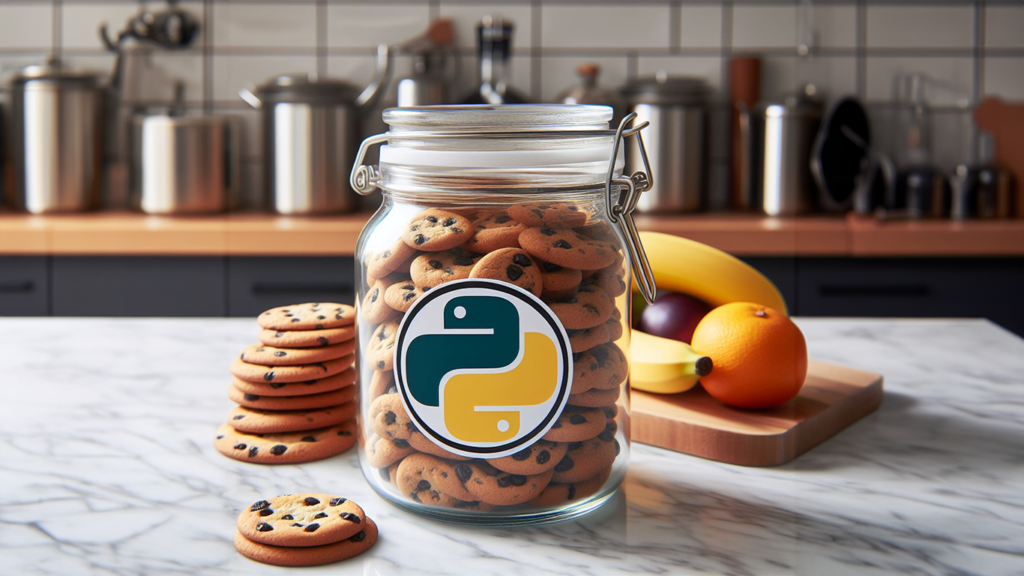Python is a versatile language that can handle a wide variety of data types. Understanding when to use each data type is key to becoming a successful Python developer. In this post, we’ll explore the different data types in Python, starting with the basics of integers and strings. We’ll then move on to more complex data types, such as lists and dictionaries.Finally, we’ll take a look at how to create custom classes in Python. Along the way, we’ll include some fun examples and Pythonic jokes to make the learning process more enjoyable.
Integers and Strings
Integers represent whole numbers, while strings represent sequences of characters. Python allows you to perform various operations on integers and strings, such as adding or concatenating them. For example:
# Integers
x = 5
y = 10
z = x + y
print(z) # 15
# Strings
a = "Hello"
b = "World"
c = a + " " + b
print(c) # "Hello World"Pythonic Joke: Why did the Python programmer quit his job? He didn’t get list-ed.
Lists
Lists allow you to store ordered collections of items in Python. You can use them to store multiple items of the same data type and easily modify or access them. To create a list, you can use square brackets []. For example:
# Creating a list
fruits = ["Apple", "Banana", "Cherry"]
# Accessing items in a list
print(fruits[0]) # "Apple"
# Modifying items in a list
fruits[1] = "Blueberry"
print(fruits) # ["Apple", "Blueberry", "Cherry"]
# Adding items to a list
fruits.append("Dragonfruit")
print(fruits) # ["Apple", "Blueberry", "Cherry", "Dragonfruit"]
Pythonic Joke: Why was the computer cold? It left its Windows open.
Dictionaries
Dictionaries allow you to store unordered collections of key-value pairs in Python. They are useful for storing items of different data types and using the key to identify the item. Using dictionaries, one can create pandas dataframes as well(hang on tight for more on Pandas in the coming blog!) To create a dictionary, you can use curly braces {}. For example:
# Creating a dictionary
person = {"name": "John", "age": 30, "city": "New York"}
# Accessing items in a dictionary
print(person["name"]) # "John"
# Modifying items in a dictionary
person["age"] = 35
print(person) # {"name": "John", "age": 35, "city": "New York"}
# Adding items to a dictionary
person["gender"] = "Male"
print(person) # {"name": "John", "age": 35, "city": "New York", "gender": "Male"}
Pythonic Joke: What do you call a snake that works at a dictionary? A python.
Custom Classes
Finally, custom classes allow you to create your own data types in Python. You can define their own methods and properties, which provides a high degree of flexibility and reusability in your code. As a result, programmers can write classes that are blueprints of objects in the real world. To define a custom class, you can use the class keyword.
# Defining a custom class
class Point:
def __init__(self, x, y):
self.x = x
self.y = y
def move(self, dx, dy):
self.x += dx
self.y += dy
# Creating an instance of the class
Conclusion
In conclusion, Python’s wide variety of data types allows for a high degree of flexibility and power in your code. Understanding when to use each data type is key to becoming a successful Python developer. So, now you know that Python is not only versatile but also witty, just like a clown!
Hope this helps! Let me know if you need any more information.

